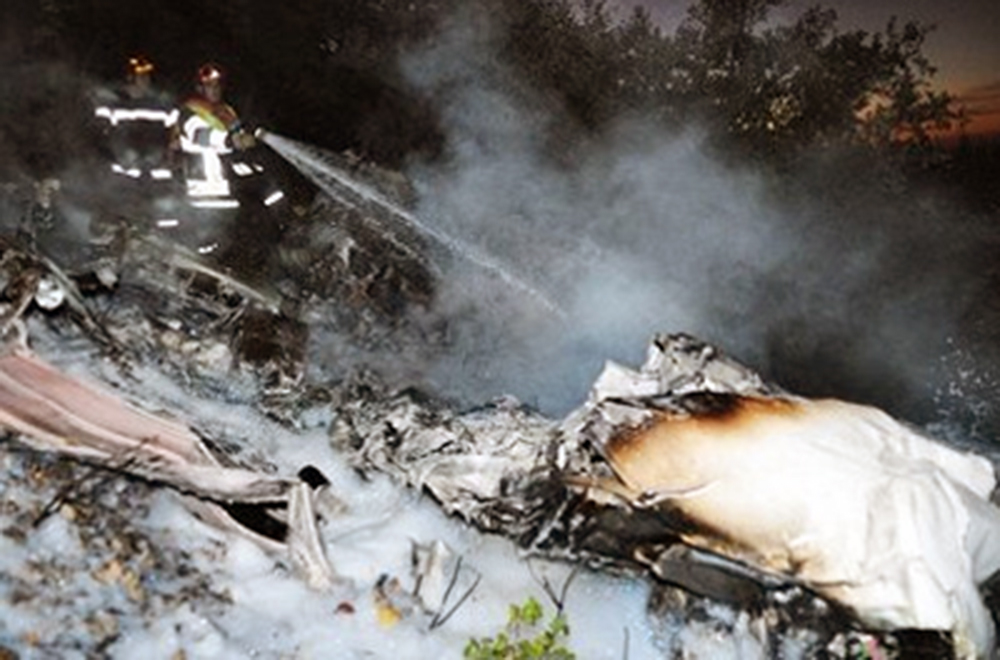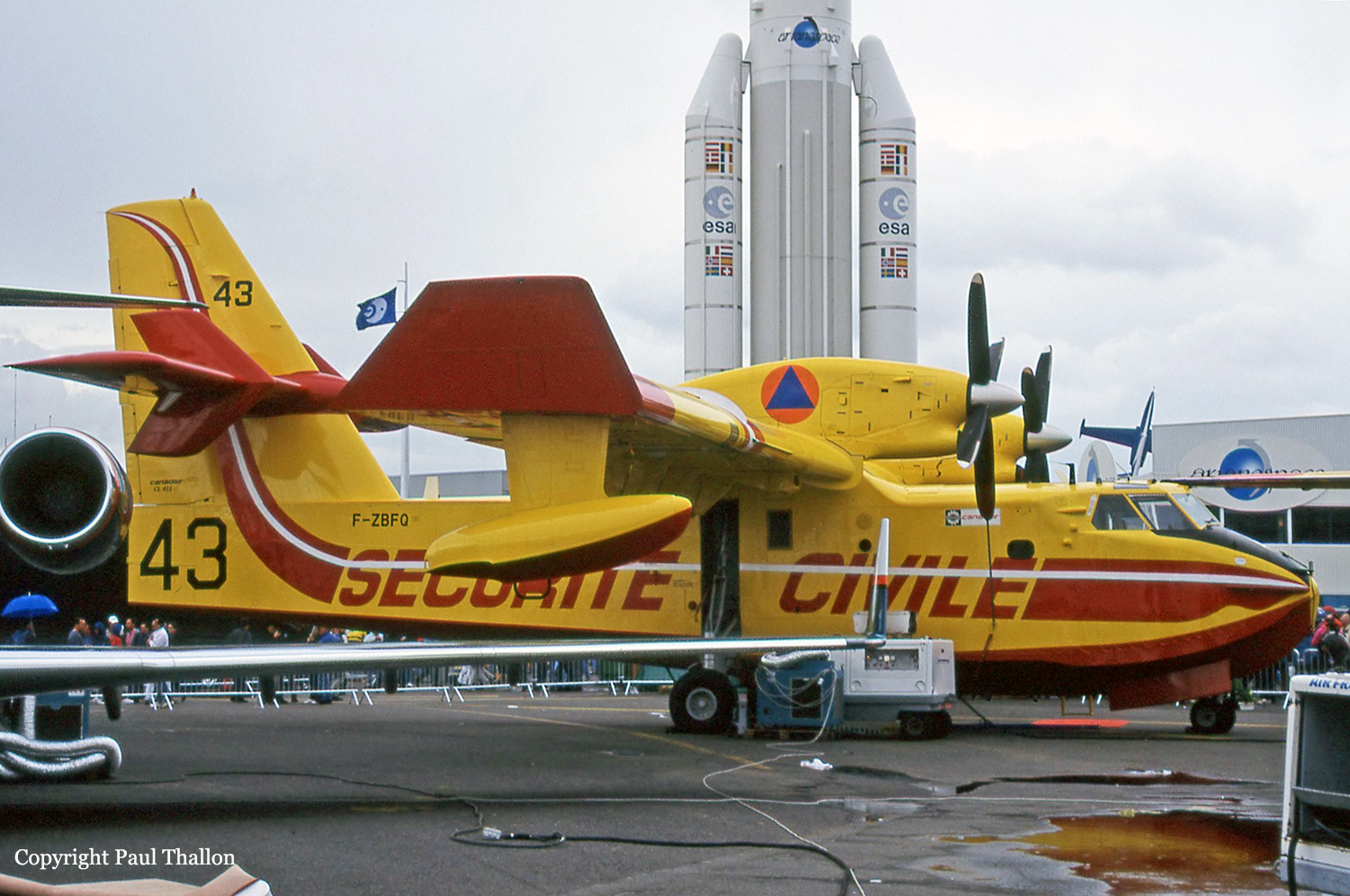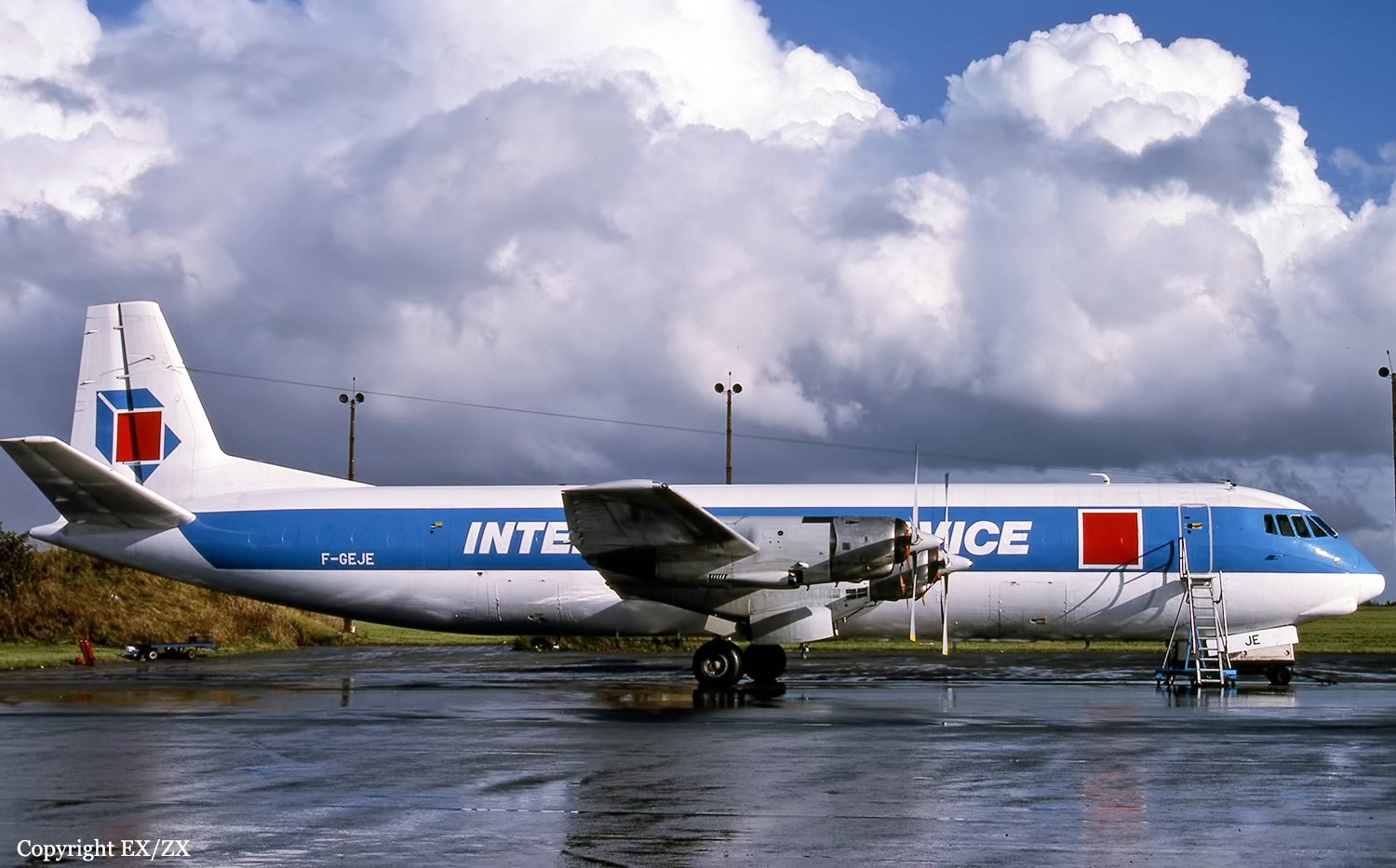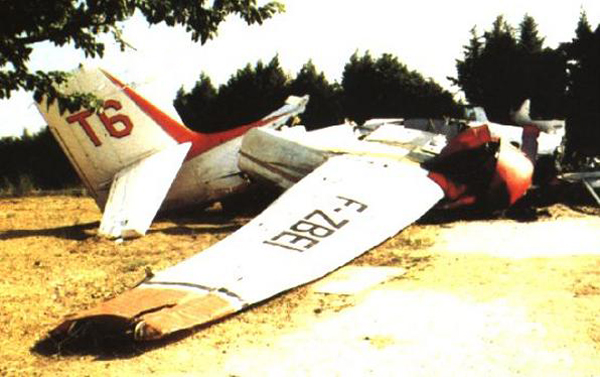Crash of a Beechcraft C90 King Air in Saint-Antonin-sur-Bayon: 2 killed
Date & Time:
Nov 4, 2010 at 1620 LT
Registration:
F-BVTB
Survivors:
No
Schedule:
Aix-les-Milles - Aix-les-Milles
MSN:
LJ-579
YOM:
1973
Crew on board:
2
Crew fatalities:
Pax on board:
0
Pax fatalities:
Other fatalities:
Total fatalities:
2
Captain / Total hours on type:
2100.00
Copilot / Total hours on type:
1
Aircraft flight hours:
9716
Circumstances:
The twin engine aircraft departed Aix-les-Milles Airport at 1520LT on a local training flight. The crew was cleared to fly between 5,000 and 6,000 feet. The aircraft overflew successively Marseille and Toulon then passed over Le Castellet. While cruising at an altitude of 6,000 feet and at a speed of 110 knots, the airplane entered an uncontrolled descent, dove into the ground with a rate of descent of 6,000 feet per minute and crashed in a near vertical position in a rocky zone located in the Sainte-Victoire Mountain Range, near Saint-Antonin-sur-Bayon. The aircraft was destroyed by impact forces and a post crash fire and both occupants were killed, one instructor and one pilot under supervision.
Probable cause:
Loss of control during an exercise at low speed and certainly in a single engine configuration.
Contributory factors:
- No reference methods to conduct the exercise, for instructors on this type of aircraft,
- Exercise conducted in a height which insufficient margin and lower than the one recommended by the manufacturer,
- Insufficient vigilance on part of the instructor (however with unanimous recognized skills) but whose instruction on Beechcraft King Air 90 could not be established.
Contributory factors:
- No reference methods to conduct the exercise, for instructors on this type of aircraft,
- Exercise conducted in a height which insufficient margin and lower than the one recommended by the manufacturer,
- Insufficient vigilance on part of the instructor (however with unanimous recognized skills) but whose instruction on Beechcraft King Air 90 could not be established.
Final Report:


















